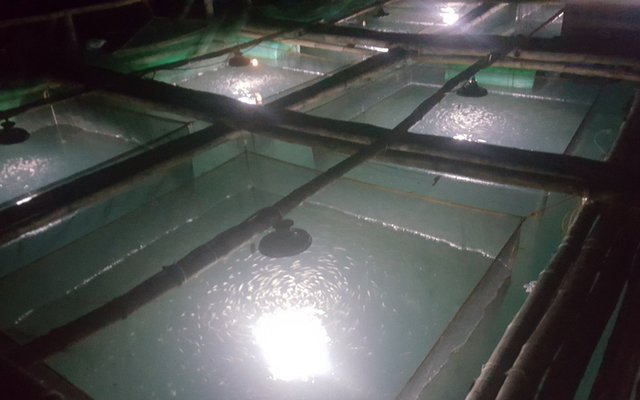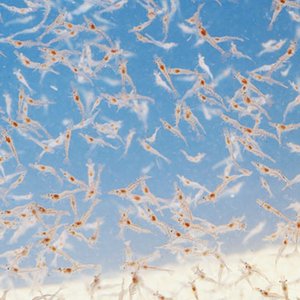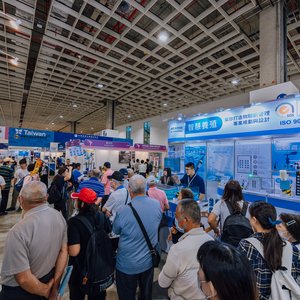Pompano (Trachinotus blochii) is a high-value fish which is in demand both in the local and export markets. It is known for its firm and flaky meat with a sweet and mild flavor. In Asian countries, including the Philippines, pompano has been raised in open sea cages, brackish water cages and in ponds. However, a few challenges, such as the high cost of production, still hamper its farming.
Researchers from the Aquaculture Department of the Southeast Asian Fisheries Development Center (SEAFDEC/AQD) are working to make pompano farming more profitable. Ma. Irene Legaspi, associate researcher at SEAFDEC/AQD, is testing the utilization of light at night during the nursery stage. The light is supposed to help the young pompano see their natural prey, mostly tiny copepods floating near the surface, allowing the fish to efficiently feed during the night, improving growth and survival. Legaspi explained that natural feed remains the most suitable feed for pompano larvae and artificial light could benefit the fish by helping them see the copepods at night.
Previous studies performed at SEAFDEC/AQD have shown that light not only helps fish see their prey, but that copepods are attracted to artificial light between 180 and 300 lux, and instinctively go where the fry can see them.

Fully fed pompano fry that were raised with light (right) showed a higher growth rate than the ones raised without light (left).
Researchers found higher growth and survival rate using artificial light during a one-year trial. The results also showed that the fry that receive 25-50% less artificial feed raised with artificial light gained as much weight as the fully fed pompano with no lighting. This means that feed costs can be reduced by up to 50%.
“We are always happy every time we verify simple techniques like this because we believe that our stakeholders, especially small-scale fish farmers, can easily apply these technologies to improve their culture and reduce feeding cost,” Legaspi said.
This study was part of the nursery set-up of SEAFDEC/AQD’s Igang Marine Station in Guimaras, the Philippines.













